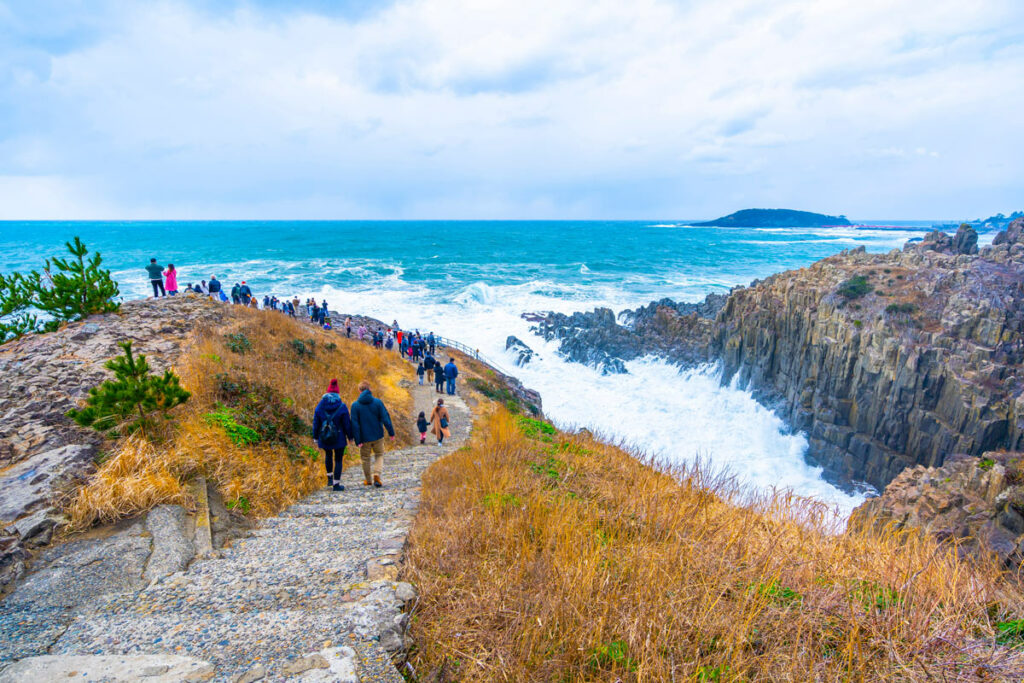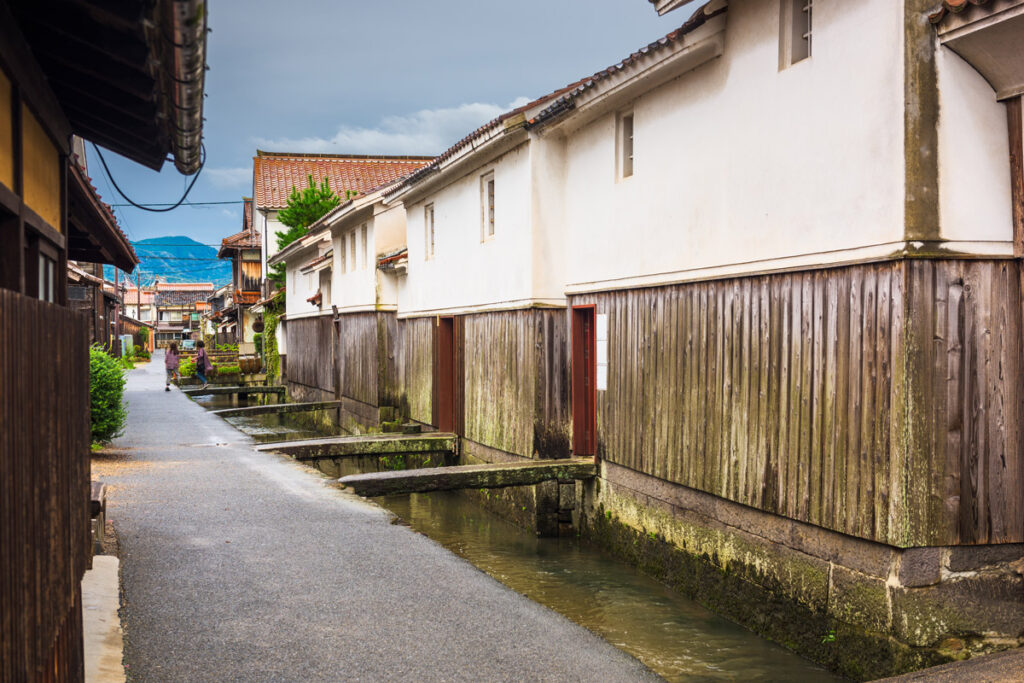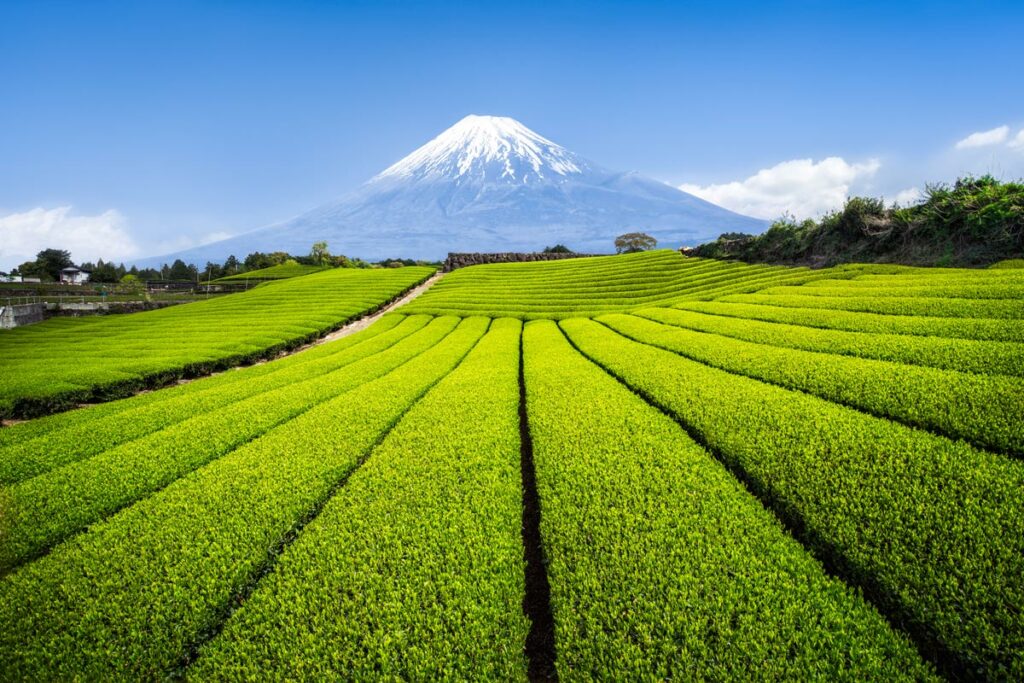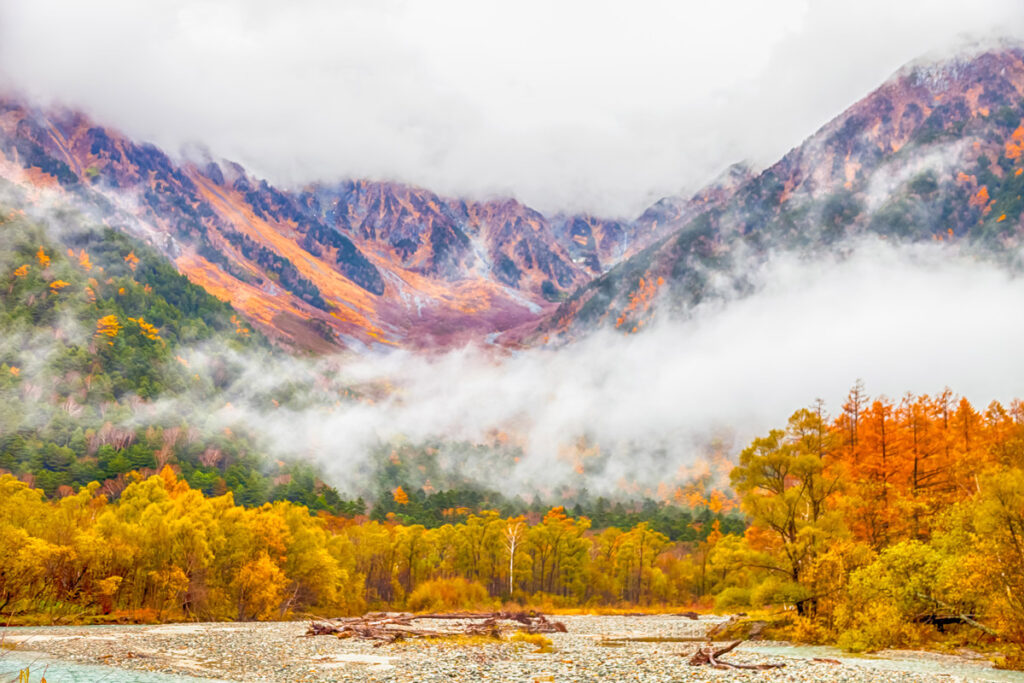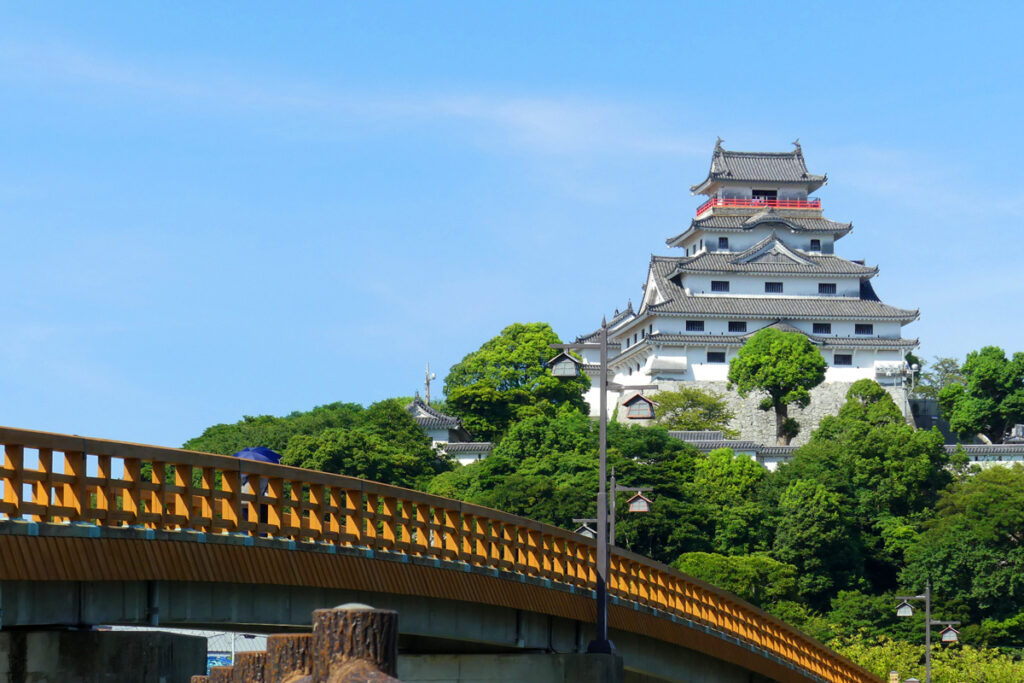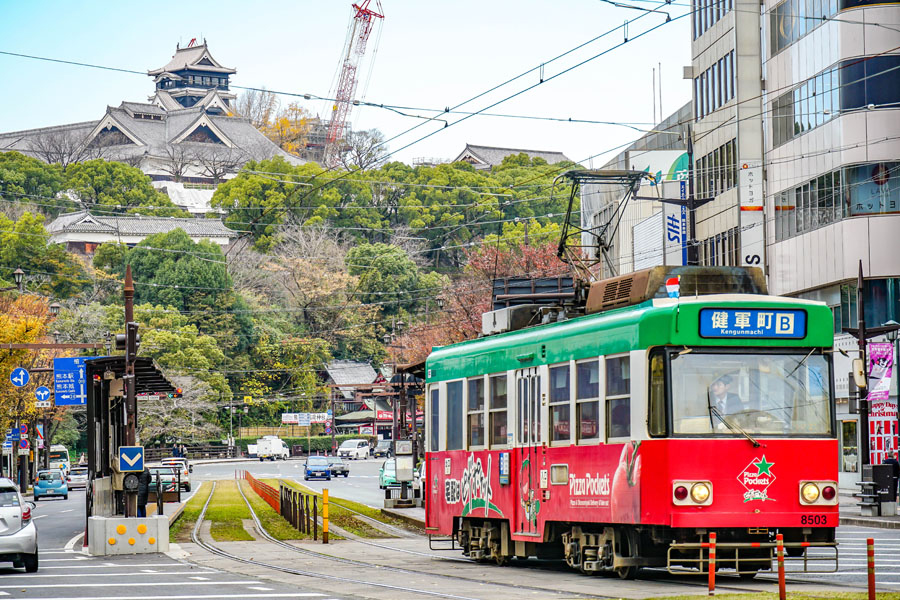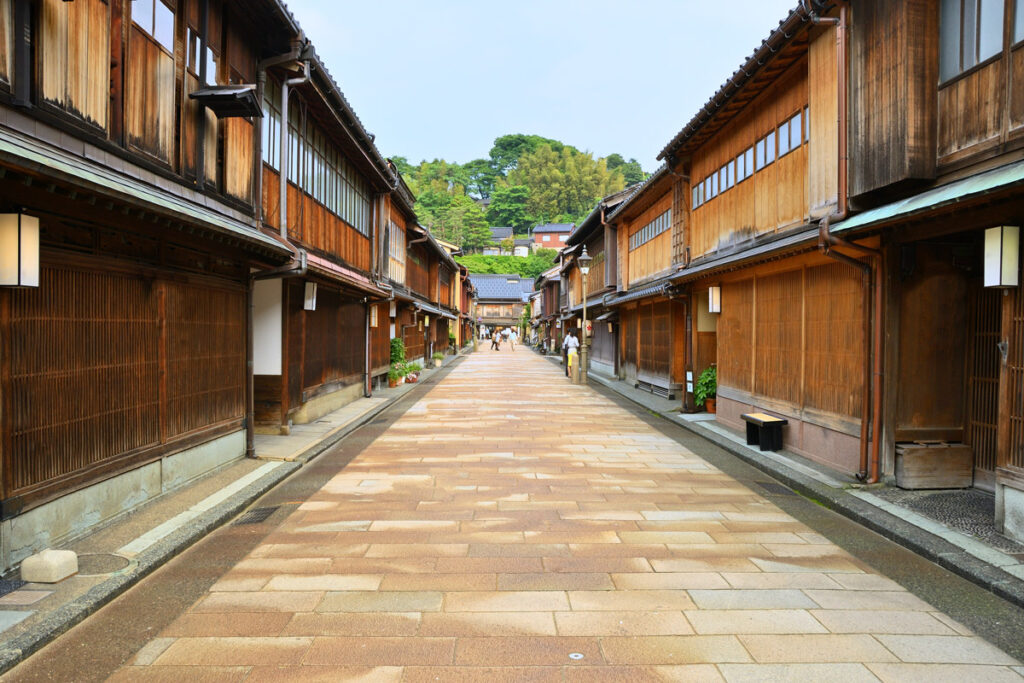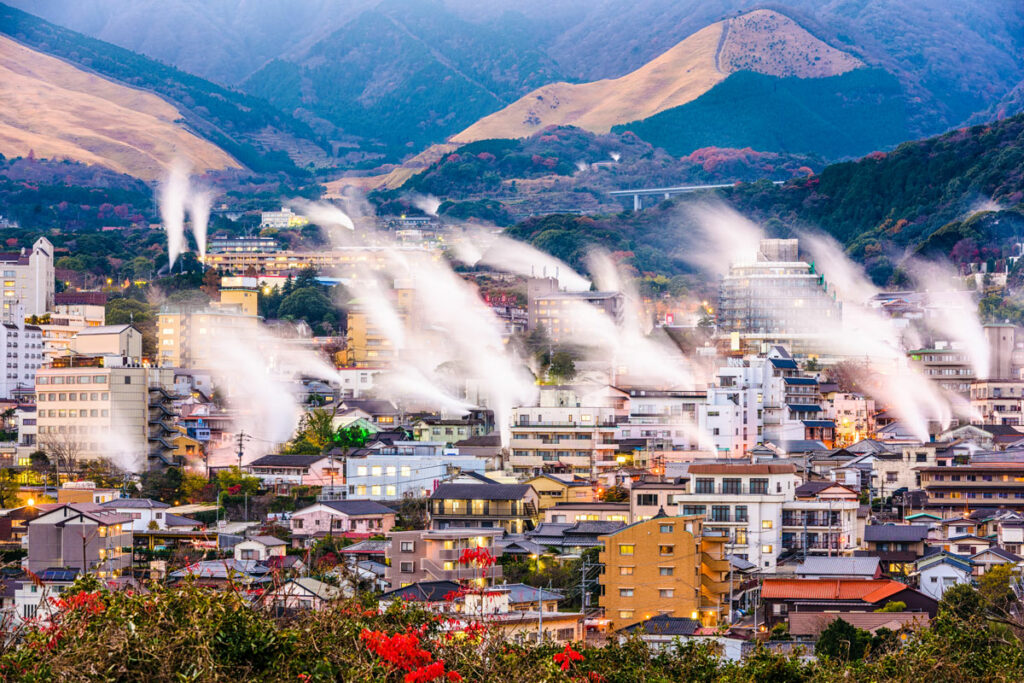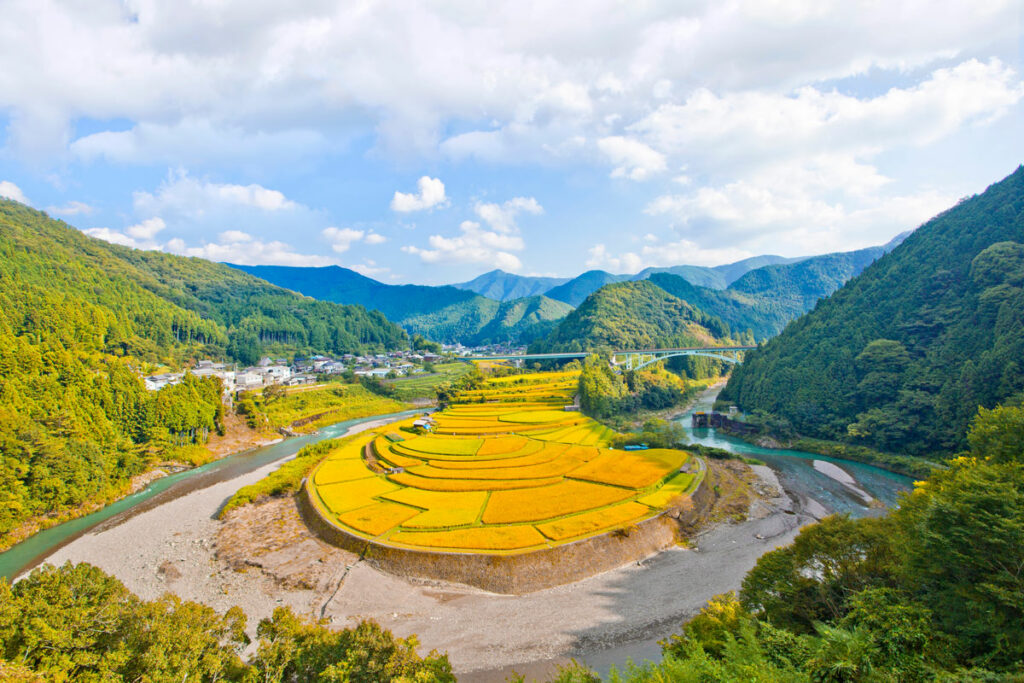Japan, a country steeped in history and tradition, offers a plethora of cultural sites that transport visitors back in time. From ancient temples and shrines to historic landmarks, this East Asian nation is a treasure trove for history buffs. In this article, we will take you on a journey through Japan’s ancient history, exploring top 12 cultural sites in Japan that represent the country’s rich heritage.
Tokyo: A Capital City
Imperial Palace: The Residence of Japan’s Royal Family

The Imperial Palace, located in the heart of Tokyo, is the primary residence of Japan’s Emperor and his family. While the inner grounds of the palace are not open to the public except on rare occasions, visitors can still admire the beautiful gardens, moats, and historic architecture from the outer areas. Guided tours are available through the East Gardens, providing an opportunity to learn about Japan’s royal history and the site’s significance.
Senso-ji: Asakusa’s Ancient Buddhist Temple

Senso-ji, also known as Asakusa Temple, is Tokyo‘s oldest and most famous Buddhist temple. Founded in the 7th century, the temple is dedicated to Kannon, the goddess of mercy. The iconic Kaminarimon Gate, with its massive red lantern, leads to the bustling Nakamise shopping street, where you can find traditional Japanese souvenirs and snacks. The temple’s main hall, pagoda, and beautifully landscaped gardens offer a glimpse into Japan’s ancient past, right in the heart of the modern city.
Kyoto: Japan’s Ancient Capital
Kinkaku-ji: The Golden Pavilion

The Golden Pavilion, or Kinkaku-ji, is one of Kyoto‘s most famous landmarks. Built in the 14th century as a retirement villa for shogun Ashikaga Yoshimitsu, this Zen Buddhist temple is a stunning example of Japanese architecture. The pavilion’s top two floors are covered in gold leaf, creating a dazzling reflection on the surrounding pond. The temple’s serene setting and beautiful gardens make it a must-visit destination for anyone interested in Japan’s history.
Kiyomizu-dera: A Temple with Breathtaking Views

Perched on a hillside overlooking the city of Kyoto, Kiyomizu-dera is a historic temple dating back to the 8th century. The temple’s wooden stage offers spectacular views of the city, and its beautiful cherry blossoms and autumn foliage make it a popular destination throughout the year. Don’t forget to visit the Jishu Shrine, dedicated to the god of love and matchmaking, located within the temple grounds.
Nara: The Birthplace of Japanese Culture
Todai-ji: The World’s Largest Wooden Building

Todai-ji, in Nara Park, is a renowned Buddhist temple complex featuring the world’s largest wooden building, the Great Buddha Hall (Daibutsuden), and the world’s largest bronze Buddha statue. The immense hall, made from cypress wood, showcases the exceptional skills of ancient Japanese builders, while the colossal Buddha statue represents Vairocana Buddha. Visiting Todai-ji offers a unique insight into Japan’s ancient history and architectural prowess.
Kasuga Taisha: A Sacred Shinto Shrine

Kasuga Taisha, established in the 8th century, is Nara’s most celebrated Shinto shrine. Surrounded by a tranquil forest, the shrine is famous for its thousands of stone lanterns lining the pathways, creating a mystical ambiance. The shrine is dedicated to the deity responsible for the protection of the city, and its vivid vermilion color, adorned with intricate carvings, makes it a unique site to visit.
Hiroshima: A City with a Tragic Past
Hiroshima Peace Memorial Park

Hiroshima Peace Memorial Park serves as a sobering reminder of the city’s tragic past. Established to commemorate the victims of the atomic bombing in 1945, the park contains several monuments, including the A-Bomb Dome, a UNESCO World Heritage site. The park also houses the Hiroshima Peace Memorial Museum, providing insight into the city’s history and promoting the message of world peace.
Itsukushima Shrine: The Iconic Floating Shrine

Located on the island of Miyajima, Itsukushima Shrine is an iconic Shinto shrine best known for its giant torii gate that appears to float on the water during high tide. The shrine complex, with its vermilion-colored buildings, dates back to the 12th century and is a UNESCO World Heritage site. Its picturesque location makes it a popular destination for tourists and photographers alike.
Nikko: A World Heritage Site
Toshogu Shrine: The Lavish Mausoleum of Tokugawa Ieyasu

Nestled in the mountains of Nikko, Toshogu Shrine is the final resting place of Tokugawa Ieyasu, the founder of the Tokugawa shogunate that ruled Japan for over 250 years. The shrine’s elaborate decorations and intricate carvings, including the famous “Three Wise Monkeys,” make it a stunning example of Japanese craftsmanship. The surrounding cedar forests add to the shrine’s spiritual atmosphere.
Nikko National Park: A Natural and Cultural Wonderland

Nikko National Park, encompassing Toshogu Shrine and other cultural sites, offers a perfect blend of natural beauty and historic landmarks. From the famous Kegon Waterfall to the serene Lake Chuzenji, the park’s diverse landscapes provide a scenic backdrop for exploring Japan’s ancient history. Don’t miss the opportunity to visit the scenic Yumoto Onsen area, known for its hot springs and traditional ryokan accommodations.
Kamakura: The Samurai Capital
Great Buddha of Kamakura: The Second Largest Buddha in Japan

The Great Buddha of Kamakura, or Kamakura Daibutsu, is a massive bronze statue of Amida Buddha located at the Kotoku-in Temple. Measuring over 11 meters in height and weighing approximately 121 tons, this iconic statue is the second largest Buddha in Japan. The serene expression and impressive scale of the statue make it a must-see attraction in Kamakura.
Tsurugaoka Hachimangu: The Heart of Kamakura

Tsurugaoka Hachimangu is Kamakura’s most important Shinto shrine, established by the city’s founder, Minamoto no Yoritomo, in the 12th century. The shrine’s majestic vermilion torii gates, beautiful gardens, and lively festivals make it a vibrant cultural center of the city. The surrounding area, with its charming streets lined with shops and restaurants, is perfect for leisurely exploration.
Japan’s ancient history is filled with captivating stories and remarkable cultural sites. From the tranquil temples of Kyoto to the bustling streets of Kamakura, each destination provides a unique glimpse into the country’s rich heritage. A journey through Japan’s ancient history not only offers the opportunity to admire architectural marvels but also allows travelers to immerse themselves in the traditions, spirituality, and natural beauty that have shaped Japanese culture for centuries.
FAQs
What is the best time to visit Japan for exploring cultural sites?
While Japan is beautiful year-round, the spring cherry blossom season (March to April) and the autumn foliage season (October to November) are particularly enchanting times to visit. The pleasant weather and colorful landscapes during these periods make sightseeing even more enjoyable.
Do I need to follow any specific etiquette when visiting temples and shrines in Japan?
Yes, it is essential to observe proper etiquette while visiting religious sites in Japan. Some basic rules include removing your shoes before entering temple buildings, not taking photos in restricted areas, and refraining from loud conversations. It is also customary to bow slightly when entering and exiting shrines and temples.
Is it easy to navigate Japan’s cultural sites using public transportation?
Japan has an extensive and efficient public transportation system, making it relatively easy to travel between cultural sites. Trains and buses connect most major cities and tourist destinations. For a hassle-free experience, consider purchasing a Japan Rail Pass, which allows unlimited travel on JR trains for a fixed period.
Are English-speaking guides available at these cultural sites?
Many cultural sites in Japan offer English-speaking guides or audio guides for an additional fee. In some cases, volunteer guides may be available free of charge. It is advisable to research in advance or inquire at the site’s information center for specific details.
Are there any restrictions on photography at these cultural sites?
While photography is generally allowed at most cultural sites in Japan, some locations may have specific restrictions or prohibit photography altogether, especially inside temples and shrines. Always look for signage indicating any restrictions and respect the rules to ensure a pleasant visit for all.
